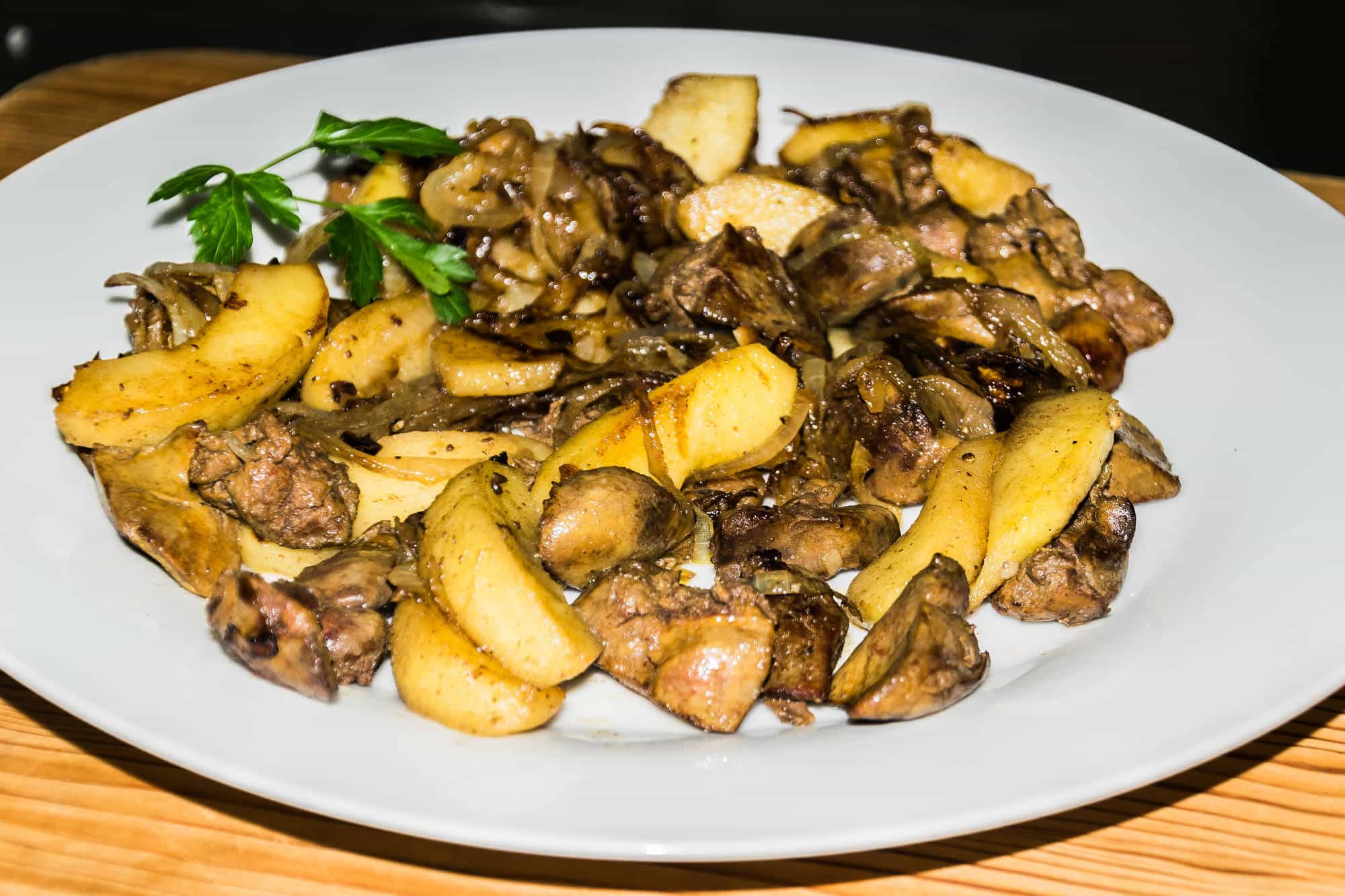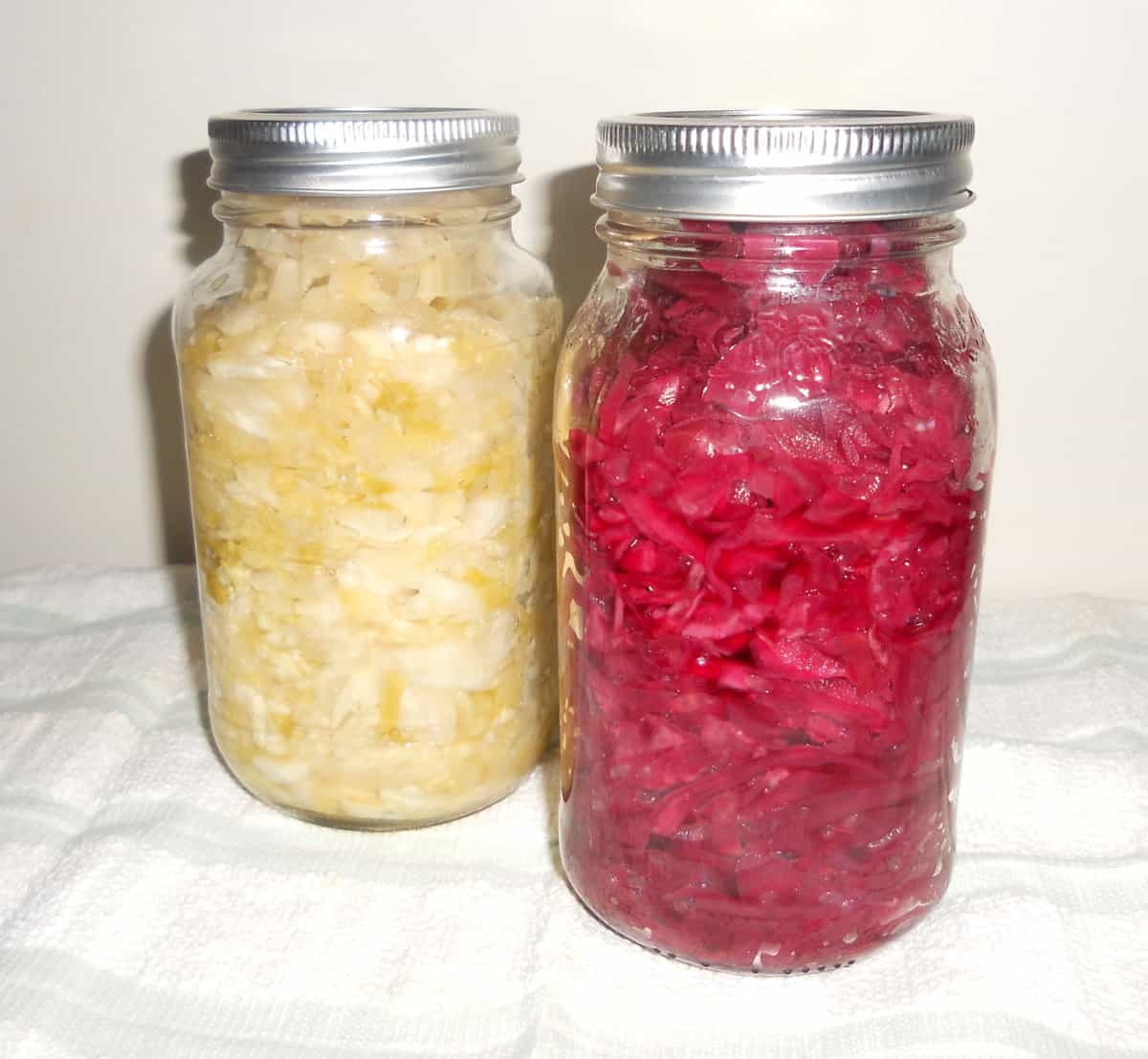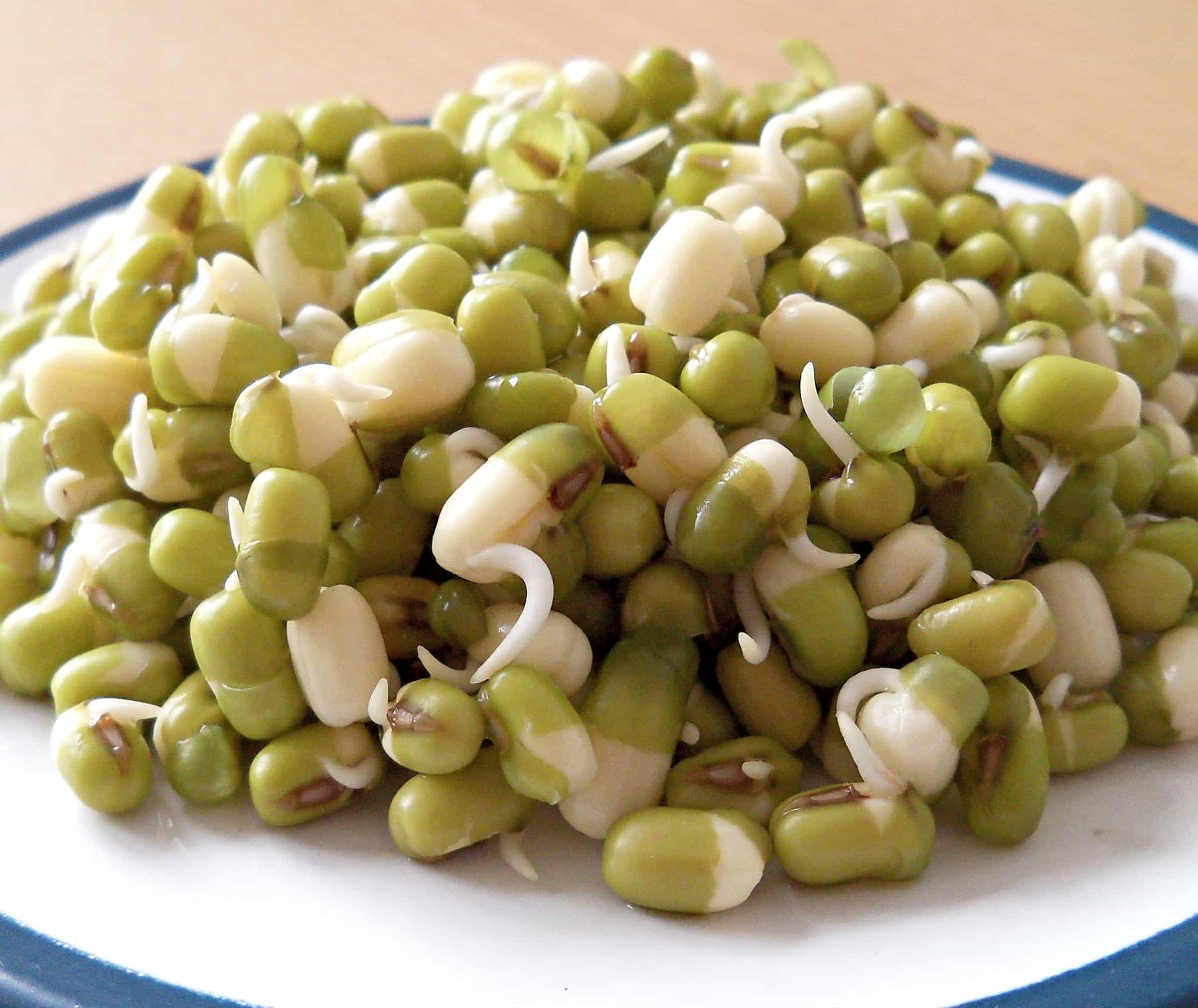The Human Diet
September 25th, 2020
Dr. Catherine Shanahan, a biochemist who was inspired by the traditional human population research done by Weston Price, looked at the scientific consensus on the diet of many animals. She noticed that it is easy to learn about what wolves eat in nature, which she would call the “Wolf Diet”, or the Salmon Diet, or the Lion Diet. However, learning about what Humans eat in nature is difficult. The research had not been done, or compiled effectively, and certainly wasn’t common knowledge. The average person today has almost no idea what their ancestors ate just a few hundred years ago, and certainly not before civilization. Disappointed with this severed connection we have with our roots, she set out to determine the Human Diet.
After extensive Anthropological, Biological, Chemical, and Historical research, she decided that there are “Four Pillars” of the Human Diet. These are four types or groups of foods that all traditional peoples ate, including our ancestors, which give our body the necessary resources to function optimally. None of these pillars can be skipped if excellent health is the goal. She also calls out certain modern foods that absolutely must be avoided in order to follow the Human Diet. A population that follows the Human Diet will achieve good health.
Pillar I - Meat Cooked on the Bone

Any food that tastes good, which our hunter gatherer ancestors had access to, is healthy. Through this lens, meat on the bone with skin and fat tastes better because it is more nutritious. Boneless, skinless, lean cuts of meat taste bland because they are largely devoid of the most important nutrients our bodies need.
Excerpt from Deep Nutrition by Dr. Shanahan:
When cooking meat, the more everything stays together - fat, bone, marrow, skin, and other connective tissue - the better… The better the material you start with, the better it tastes, and the better it is for you. For that reason, and more, animals raised humanely and pastured on mineral-rich soil are best.
My advice on Pillar 1: Regularly eat high quality animal products. High quality means the animal was raised on a pasture (if you’re buying pre-packaged it will say either Grass-Fed or Pasture-Raised), so that it can eat its natural diet, get plenty of sunlight, and move around freely. It also means the animal was not fed GMO crops, given any antibiotics, or highly processed.
Do not eat factory farmed, grain fed, animals. Not only are these practices horribly inhumane, the products produced by them are not just devoid of most nutrition, they actually contain many toxins. Find local farmers who raise their animals right, and buy directly from them.
Try to incorporate more parts of the animal. Opt for the Rib Steak rather than the Ribeye. Go for the 80/20 ground beef rather than the 90/10. Buy bones and make bone broth. Remember, our ancestors ate the entire animal, nose to tail, and our body adapted to need nutrients found only in certain parts of the animal that are missing in the Modern Western Diet.
Pillar II - Organs

Nutrient Density is the amount of nutrition a food provides per gram. One reason we see so much degenerative disease is because the Modern Western Diet is very low in Nutrient Density. The most nutrient dense foods are organs. Gram for gram, there is no food that even comes close, nutritionally, to liver.
Excerpt from Deep Nutrition by Dr. Shanahan:
The liver is the storage place or the ‘savings bank’ of the body. If there is an excess of protein, sugar, vitamins, and any mineral except calcium and phosphorus, part of the excess is stored in the liver until it is needed….Liver is, therefore, nutritionally the most outstanding meat which can be purchased.
My advice on Pillar II: Eat organs! This is not an optional pillar. At the risk of sounding like a broken record: Remember, our ancestors ate the entire animal, nose to tail, and our body adapted to need nutrients found only in certain parts of the animal that are missing in the Modern Western Diet.
Consider the ancient wisdom: Like Supports Like
There is good evidence now that eating a specific organ helps that same organ in your body. This makes sense as that organ has all the pre-formed biological components that our body also needs. For example, if you have an under functioning thyroid, there is no better remedy than to the eat the thyroid from a previously healthy animal. I’ve dramatically helped several family members and friends overcome thyroid problems through a few simple steps, one of which is the daily consumption of high quality thyroid and adrenal glands (more to come on this topic). If you aren’t ready to take the plunge and buy whole organs yet, start with high quality dessicated organ supplements. I’d recommend everyone take a full spectrum organ supplement, especially focused on liver and brain.
Pillar III - Part 1: Fermentation

Fermentation is the amazing process of pre-digestion, preservation, and nutrient enhancement all rolled into one.
Excerpt from Deep Nutrition by Dr. Shanahan:
Bacteria are capable of transforming indigestible, bland, and even toxic compounds into nourishing and delicious foods…Pound for pound, fermented material will have more nutrition packed into it than the raw material it came from because, aside from acting like miniature detoxification machines, microbes add heaps of nutrients to whatever it is they’re growing in…As if it’s not enough that they can free up minerals, preserve our food, manufacture vitamins, and clean up the nasty plant chemicals our bodies can’t handle, once inside your body they will literally fight for your life.
When she says fight for your life, she’s referring to the powerful effects of probiotics on our gut, and thus immune system. Having a symbiotic, or mutually beneficial, gut biome is crucial to good health and eating fermented food adds tons of helpful organisms to your body. These boost your immunity (the immune system is located nearly entirely in the gut), fight depression (almost all serotonin is made in the gut), keep digestion running smoothly, and produce many other benefits.
My advice on Pillar III - Fermentation: Ferment your own foods! Right now I have kombucha, sauerkraut, sourdough, and water kefir fermenting in my house, and plan to start yogurt as well in the near future. I used to have terrible gut problems, as I know many Americans do, but by following the ancient tradition of fermentation, my gut is in far better shape than ever. If you’re not ready to make your own food, then start by buying kombucha, whole milk yogurt with no sweeteners, or sauerkraut and make them part of your daily diet. This is my favorite topic to talk about because it has such a measurable and noticeable improvement on people’s quality of life. For example, my mom couldn’t handle dairy for decades, but once she started drinking kombucha and eating yogurt everyday she can digest dairy with no issue. Traditional people fermented food for good reason, and you should too.
Pillar III - Part 2: Sprouting

Animals try to kill you before you eat them. Plants try to kill you after you eat them.
Many plants, including ones that are considered “healthy” in our modern world, are packed with damaging compounds. People who regularly consume raw seeds - modern grains, legumes, and nuts - often have severely depleted levels of many important minerals such as zinc, as well as a host of gut issues.
Anti-nutrients, one type of damaging plant compound, can even count as negative nutrition. Phytic and Oxalic acid, found in high levels in seeds, actually bind to minerals in your gut, making them unusable by your body! Lectins, a class of proteins also in seeds, break down the lining of your gut. This then allows anything to leak into your bloodstream, wreaking havoc on your body in many ways, such as causing autoimmune disorders and systemic inflammation.
Most people notice major health improvements when they cut seeds from their diet entirely, but there is a better way.
Excerpt from Deep Nutrition by Dr. Shanahan:
Seeds are designed to greedily hang on to their stored proteins, fats, and minerals over extended periods of time. To that end, the plant sheaths them in a hard, nearly impenetrable carapace and locks down nutrients with chemical binders that digestive enzymes can’t loosen. Moistening the seeds for a few days activates the plant’s own enzymes-including phytase, which digests phytates-to soften the seed, free up bound nutrients, and even create new ones by converting stored starch and fatty acids into proteins and vitamins.
My advice on Pillar III - Sprouting: Never eat raw seeds. When looking for bread, if the grains were not sprouted before grinding, do not eat them. If beans were not soaked for a few days, do not eat them. If nuts were not germinated, do not eat them. Almost all modern bread is made from wheat berries which have not been sprouted, and contain far higher levels of Lectins than ancient grains. Look for flours that are heirloom, such as Einkorn or Spelt, and sprouted. Use these to make your own sourdough.
Raw seeds do far more harm to your body than you might think. There is not a single known, recorded, group of traditional people who ate seeds without sprouting them first.
Pillar IV - Fresh and Raw

An oxidation-reduction reaction is where one positively charged molecule steals an electron from another molecule. The molecule that lost an electron is said to have been oxidized. For many bodily processes, oxidation is both necessary and good. But, when there is an over abundance of positively charged molecules, oxidation can get out of hand and destroy healthy biological structures. This is where antioxidants come in. Antioxidants are compounds that inhibit oxidation, and the amount of antioxidants in food begins to decrease once the organisms dies. Fresh, whole foods, including raw animal products, contain a safe and balanced blend of antioxidants because all living organisms use them to prevent damage. (In a later column I’ll talk about the most powerful antioxidant: Grounding)
While ‘fresh’ applies to both plant and animal products, ‘raw’ only applies to animal products. Heat destroys nutrients in animal products, making them unusable by our body. In plants though, most nutrients are only bio-available if they are heated (or fermented and sprouted as discussed before). The retinoids (Vitamin A precursors) in carrots, for example, are only about 1% usable when raw, but closer to 30% bio-available when cooked. This is partly because the nutrients in plants are very different than the nutrients in animals, but mostly due to the structure of the plant locking those nutrients in.
Excerpt from Deep Nutrition by Dr. Shanahan:
Locked within cellulose-rich cell walls, vitamins and minerals in high-cellulose plant products pass right through our omnivore’s digestive system. Without heat or caustic chemicals, cellulose can only be broken down using specialized bacteria and extended gut-fermentation - something humans lack the intestinal yardage to accomplish (though they can replicate it via fermentation)…While gaining access to many of the nutrients in plants often requires judicious use of heat, many animal products are so abundant in nutrients that adding thermal energy risks fusing them together. This is why we need to cook our meat so gently, and why raw meat and seafood dishes comprise a valuable part of many international diets.
My advice on Pillar IV: Minimize raw plant consumption, because they are the least nutrient dense foods, and maximize raw animal consumption, because they are the most nutrient dense foods in existence. Try to eat fresh (killed the same day) wherever possible. Wild caught Sashimi, pasture raised raw eggs (you probably wouldn’t believe me if I told you how many raw eggs I eat per day), grass fed raw milk, and dehydrated raw organ supplements are all great options.
Review
You have health problems. Everyone does today. The first question I would ask you is: Are you eating the Human Diet? Remember what happened to Pottenger’s cats when they didn’t eat the Cat Diet. Their health deteriorated rapidly, leading to infertility and thus the end of the experiment (and the cats). The Standard Western Diet is NOT the Human Diet. In fact it contains none of the four crucial components of the Human Diet. Let’s recap those four pillars.
Pillar I - Meat Cooked on the Bone: Leave the animal as intact as possible. Cook a whole turkey or chicken, a whole leg of lamb, or a steak with the bone attached. Eat all the fat, skin, and connective tissue. Then, use the bones to make bone broth.
Pillar II - Organs: The most nutrient dense foods are organs. Our body evolved eating them and now requires them to operate. High end grocery stores now sell ground meat with organs (like liver and heart) mixed in. Organ supplements are available online as well (Ancestral Supplements and Organ Supplements are both great).
Pillar III - Fermentation and Sprouting: Fermented food is incredible for your health, especially gut health. Sprouted seeds are nutritious, where raw seeds are damaging to your body and often count as a net negative in nutrition. If you have gut problems, follow this pillar strictly (avoid unsprouted seeds and load up on fermented foods) and you will notice major improvements!
Pillar IV - Fresh and Raw: Fresh foods contain the highest levels of antioxidants, which minimize oxidative damage to the body. Raw animal products are the most nutritious versions of animals, and raw plant products are the least nutritious versions of plants. When cooking animal products, the less cooking the better (rare or medium rare at most). Don’t eat a lot of raw plants. Instead eat them cooked, or better yet, fermented and/or sprouted.
I urge everyone to make small steps towards the Human Diet. Even a small step will make a difference, and these improvements to your quality of life will motivate you to take more steps in this direction. I also highly recommend reading Deep Nutrition by Catherine Shanahan, M.D. It provides a stellar foundation for understanding how our body works and reacts to food. If there’s one book you read about health, make it this.